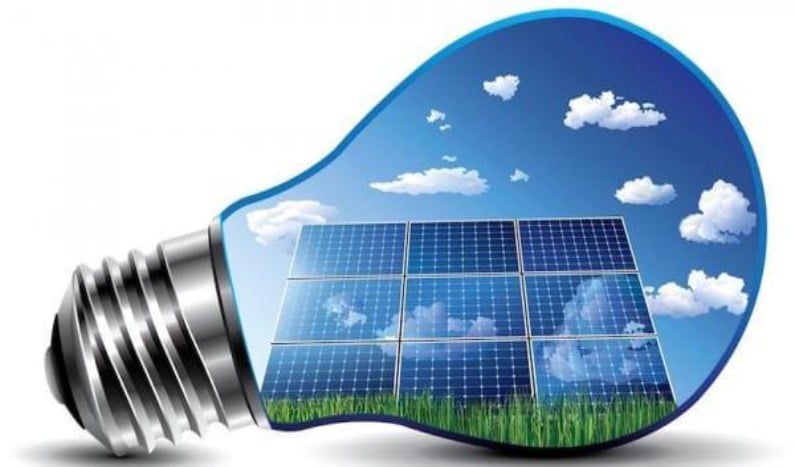Solar energy comes from sunshine, which is the radiant energy from the sun. The amount of solar radiation that the planet receives each day is a thousand times higher than the total amount of all energy that people consume per day. However, solar energy is a variable energy source. Nevertheless, the use of solar energy for electricity generation has increased significantly in the United States in the past 30 years.
Solar energy radiation varies by location

The availability and intensity of solar radiation on the planet’s surface vary by time of day and city. In other words, the intensity of solar radiation at any place is greatest when the sunlight is at its highest apparent position in the sky, this is usually at noon.
Additionally, factors like latitude, climate, and weather are major contributors that affect the level of insolation. Which is the amount of solar radiation received on a specific surface area during a certain amount of hours. In the case of locations in lower latitudes, these receive higher amounts of insolation than other places. Although, clouds, dust, volcanic ash, and pollution in the atmosphere affect the insolation level at the surface. Some other factors can affect it too. These are buildings, trees, and mountains that may give shade during different times of the day and in different months of the year as well.
Besides that, you need to take into consideration the fact that there are different types of seasons during the year since it causes many variations in solar radiation and so, energy generation will be affected too. The type of solar generator also determines the type of solar radiation and level of insolation that a solar collector can receive. This type of solar collector system is categorized as concentrated which is the usual type of system used in solar thermal-electric power plants. Flat-plate solar collectors are able to use global solar radiation, which includes diffuse and direct solar radiation. To sum up, a solar energy collector with a tracking program will have an increase in their levels of insolation (daily and annually) than a solar collector in a fixed position.
Source: US Energy Information Administration
